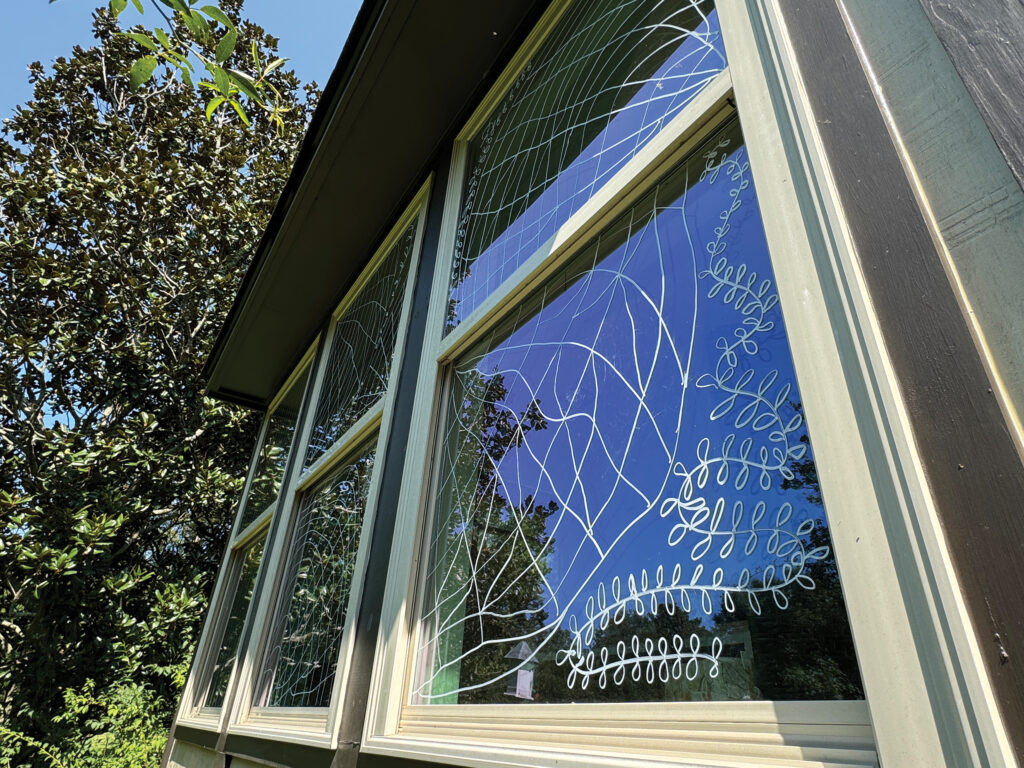From now through mid-November, billions of North American birds will wing their way across Alabama on their way south for the winter, a biannual event that we can enjoy and assist from our own backyards.
Bird migration is one of nature’s most wonderous events, but also one of the most dangerous times in the lives of birds. While most North American bird species migrate to some degree, more than 350 species head to the tropics (Central and South America) in the fall to overwinter and return north to their summer breeding grounds in the spring.
One-way trips can take several weeks to several months and vary in length from a few hundred miles to 10,000 depending on the where the birds start and end their travels. The journeys, most of which are flown under the cover of night, are physically demanding, which means most birds need access “stopover” sites, places with food, shelter and water where they can rest and refuel before continuing their flight.
They also face many dangers along the way including increasingly severe storms, unexpected humanmade obstacles and an array of predators. But there’s much we can do to make their trips easier including the following.
• Preserve existing stopover habitat in our communities and create new stopover sites in our own yards and neighborhoods. This not only helps the birds but also provides us with more opportunities to bird watch at or near our homes.
• Protect birds from predators, including free-roaming domestic cats, which kill billions of birds each year. Keeping cats contained indoors or in fenced areas, especially during times of peak migration, makes the word safer for birds and cats.
• Extinguish indoor and outdoor lights at night, especially during migration seasons. This artificial lighting can confuse or misdirect night-migrating birds taking them off course and often causing them to collide with buildings and windows.
Window collisions are the second leading cause of bird deaths, killing nearly 2 billion birds each year in the U.S. alone, said Lianne Koczur, director of Science and Conservation with Alabama Audubon.

“Birds don’t see glass,” she explained. “They see the reflection of sky or trees (in the glass) and think it’s a safe place to fly to.” Most strikes occur during the early morning hours or at night and more than half occur on residential windows while the rest typically happen in cities against large glass-covered and brightly lit buildings.
Luckily, the problem can be easily remedied by breaking up the reflection on the outer surface of windows. Decals, paints and window chalk, and even vertical strands of nylon rope can be used, though Koczur said they should be spaced no more than 4 inches apart—the minimum space a bird can fly through—to be effective.

To better understand how window collision deaths and injuries occur and can be prevented, Alabama Audubon instituted a new monitoring program in 2023 called Project Safe Flight. During each migration season, volunteers are canvasing the grounds around preselected buildings in Birmingham, Tuscaloosa, Auburn, Huntsville, Mobile and Athens looking for dead or injured birds.
“Last year, our volunteers found approximately 400 dead birds, many of which were concentrated at specific buildings,” Koczur said. “Some of the most common birds we found were Ovenbirds, Common Yellowthroats, Ruby-throated Hummingbirds, Cedar Waxwings, Tennessee Warblers and Indigo Buntings, all of which are migratory birds.”
Koczur and her team are working with building owners to help remedy the problem and, thanks to a grant from EBSCO Industries, they have already retrofitted windows on six buildings in downtown Birmingham, with more coming.
More information on Project Safe Flight, including how to become a volunteer canvasser, as well as additional hints and links to help make yards and homes bird-safe is available at alaudubon.org/project-safe-flight.

There’s so much more to learn about birds and bird migration here in Alabama and beyond, so explore Alabama Audubon’s entire site (alaudubon.org) to find out more about the organization’s research and conservation projects, educational programs and events. The National Audubon Society (audubon.org) and the Cornell Lab of Ornithology (birds.cornell.edu) websites are also filled with information on all things birds, and the BirdCast website (birdcast.info) offers real-time tracking information on the number of birds migrating this fall, including those flying through Alabama. And take some time this fall, and all year long, to watch birds, whether at home, around the neighborhood or on an Alabama Birding Trail (alabamabirdingtrails.com).
Katie Jackson is a freelance writer and editor based in Opelika, Alabama. Contact her at [email protected].




